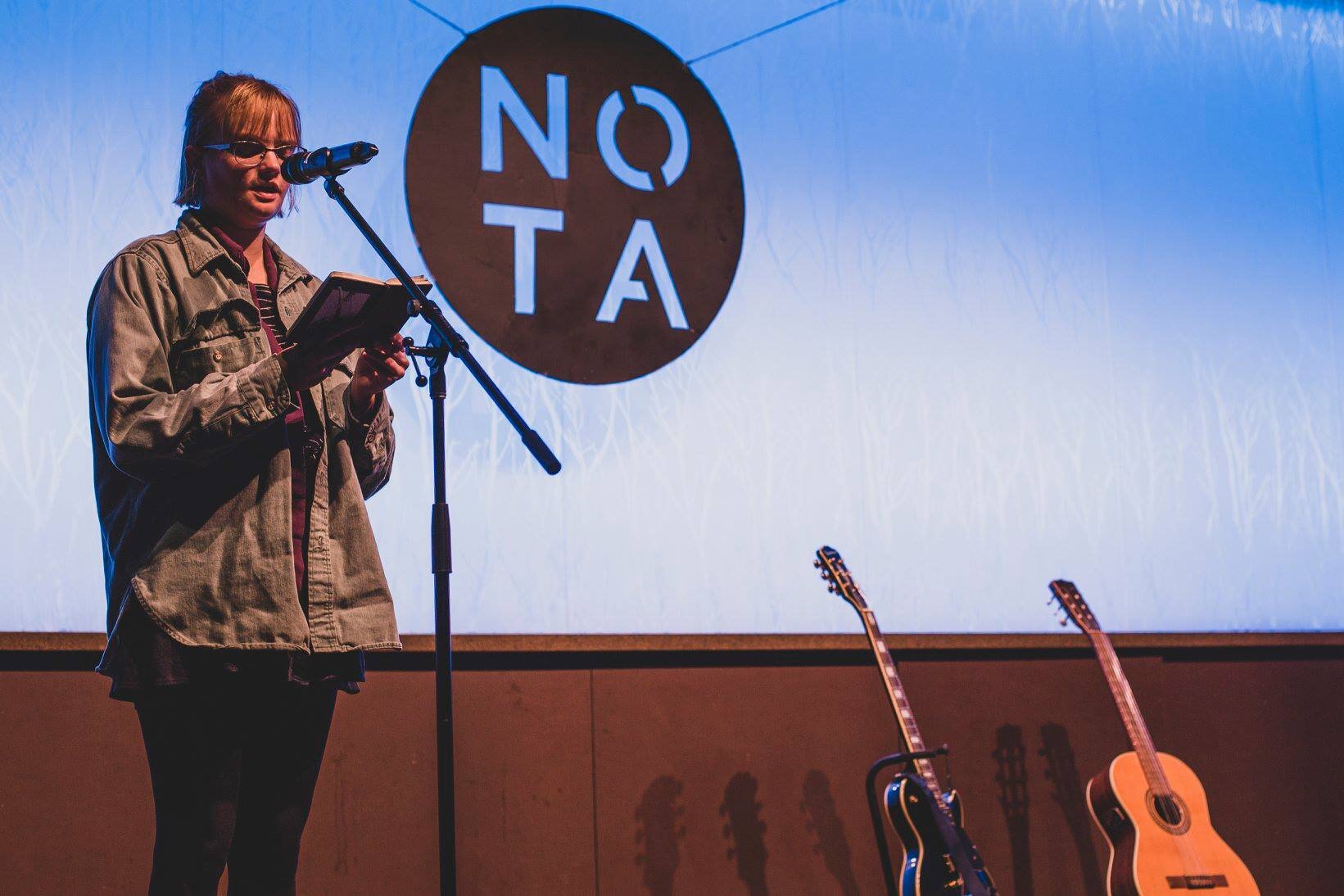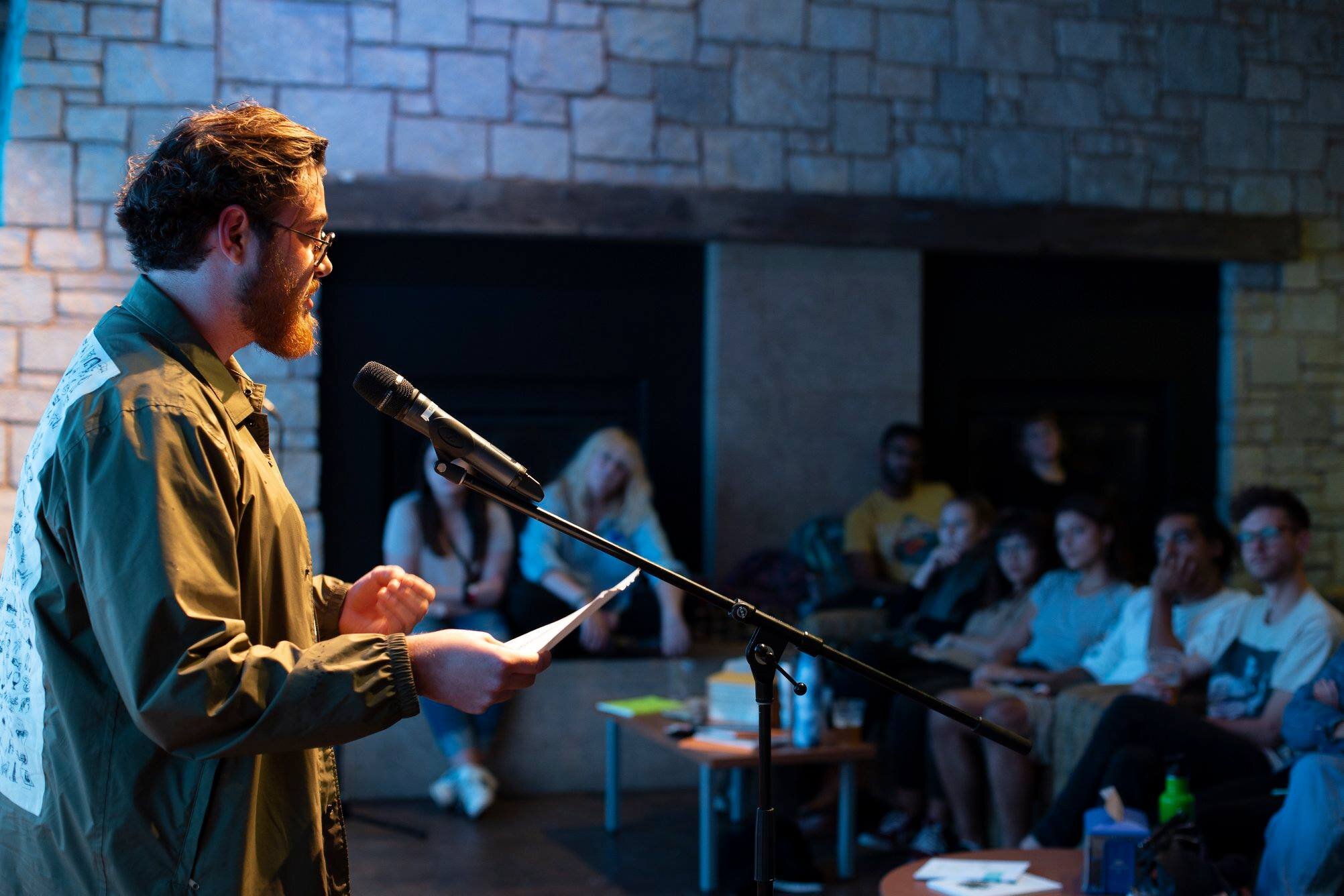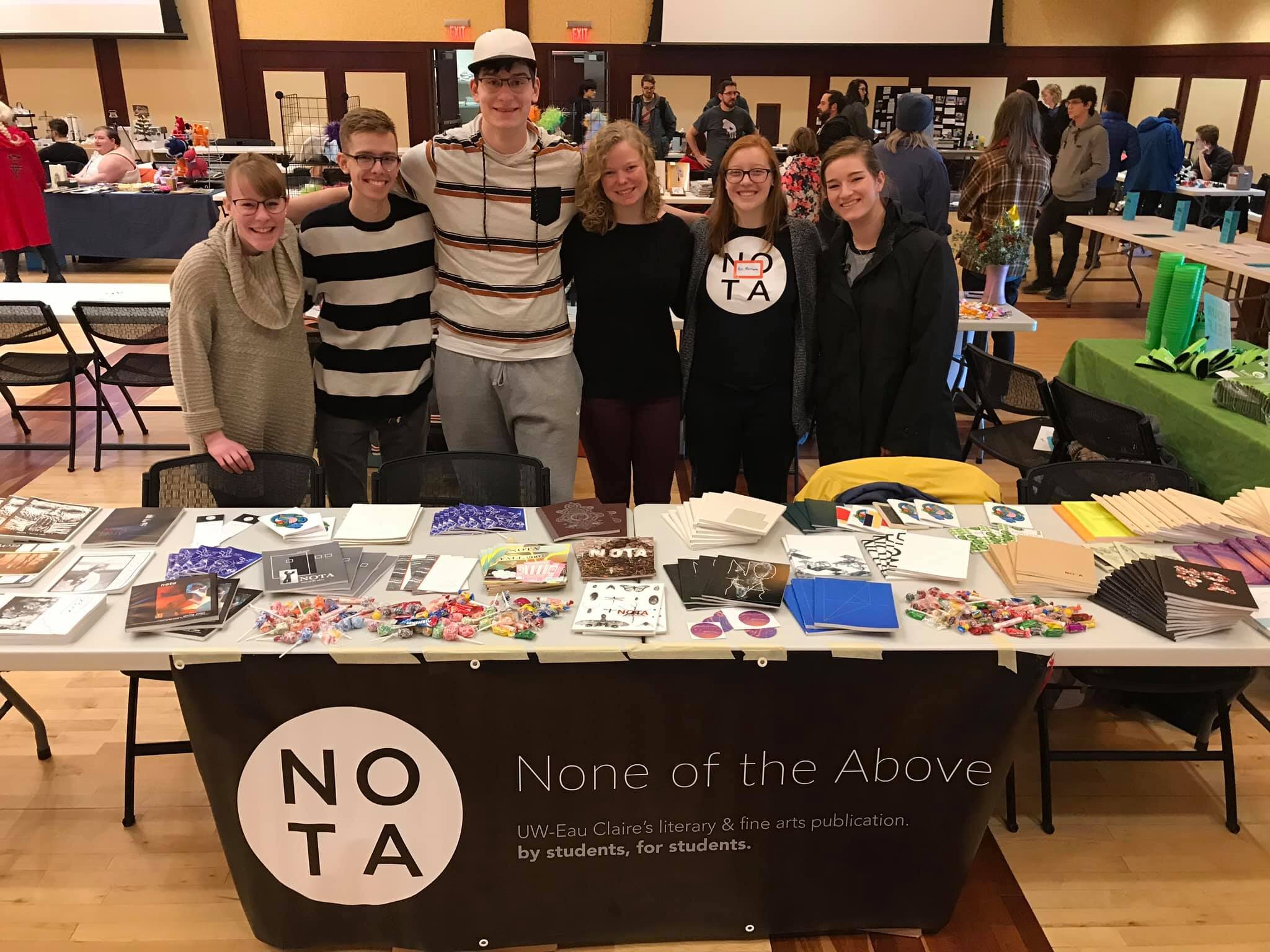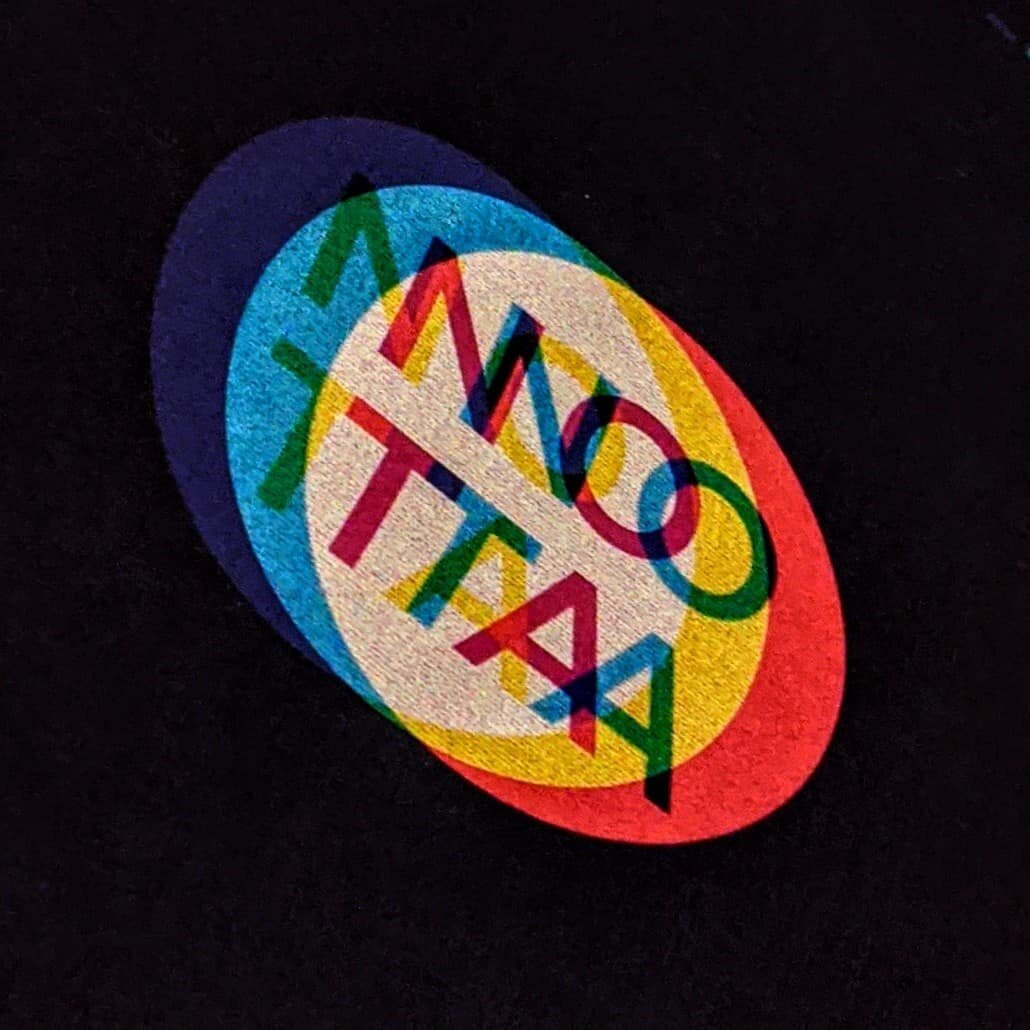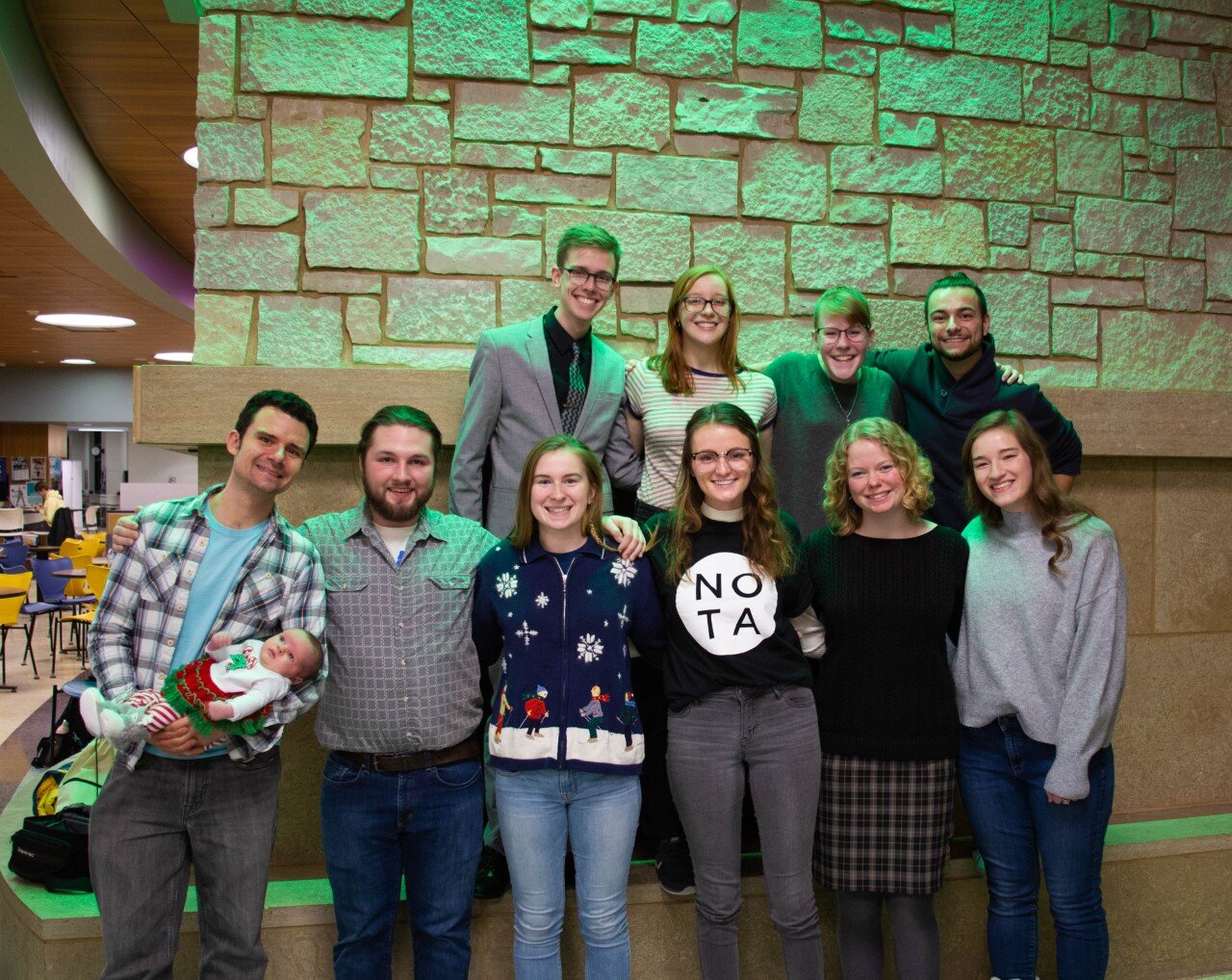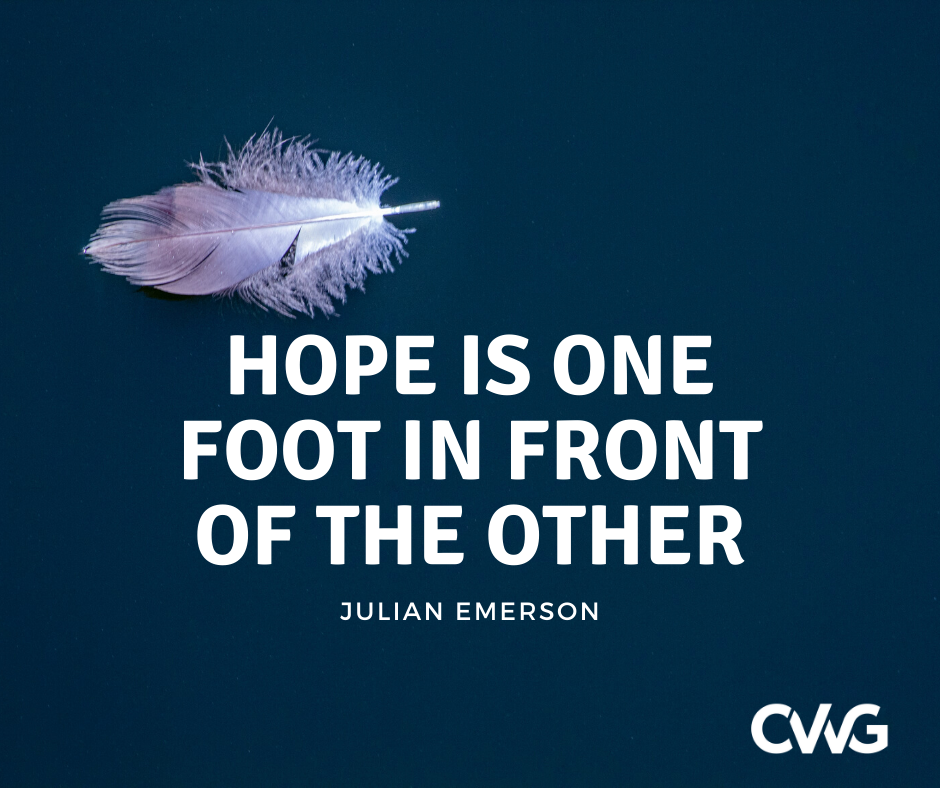Krisany Blount
From our shrinking social circles and expanded personal bubbles, to the disappointment of receiving a notification that an event you’d eagerly anticipated has been cancelled, we’ve all experienced the changes the pandemic brought with it. For we art-minded folks, being unable to visit a gallery or attend an open mic night or any other traditionally in-person gathering of artistic minds has been an additional disappointment. But just because we can’t meet in person right now doesn’t mean the organizations behind those events have gone into hibernation. On the contrary, just like so many of our wonderful local businesses, they too have adapted their operations and events to fit our new reality.
One such organization is UW-Eau Claire’s entirely student-run literary magazine, None of the Above (NOTA). Publishing biannually, they cover art, poetry, prose, and music. For the last 50 years, they have published a physical copy of each semester’s edition, and for the last one semester, they have published exclusively online.
The sudden shut down in the middle of March left everyone confused and uncertain, and organizations like NOTA had to quickly adapt to their new reality. Despite having never done a fully online issue before, NOTA’s staff was able to successfully make the switch from print to online, and they’re using what they learned in the spring to make this fall’s issue even better.
““I won’t deny that there’s an inherent appeal to holding a physical issue of NOTA—you get to smell the fresh-printed aroma of ink and pages, and for many of the creatives whose work we feature, publication in NOTA means the first time they see their work in physical print,” says Angela Hugunin, editor-in-chief of NOTA. “But an online issue also offers new opportunities.””
“I won’t deny that there’s an inherent appeal to holding a physical issue of NOTA—you get to smell the fresh-printed aroma of ink and pages, and for many of the creatives whose work we feature, publication in NOTA means the first time they see their work in physical print,” says Angela Hugunin, editor-in-chief of NOTA. “But an online issue also offers new opportunities.”
Some of these new opportunities include more flexibility in the timeline for staff to assemble the issue, expanded submission dates, potential new events, new ways to access the issue, and the ability for the issue to reach beyond the UWEC campus.
Another exciting change can be found in the fall submissions call: an optional theme relating to the “uniqueness” of 2020. Historically, NOTA has primarily received submissions from art and English majors, but with this optional theme, they hope to change that.
“Quarantine has been a time where many people have had the opportunity to try new things and experiment with art and writing and this is a perfect opportunity to show off these accomplishments,” says Meg Adlington, the art director for NOTA.
The creation and consumption of art and literature have become increasingly important in our lives in the last six months. They offer us a means of escape and a way to process the constant barrage of news.
“Consuming others’ work can put words or visuals to things we’ve been feeling but haven’t found a way to express. Sharing art can act as a little nod of recognition, an “I see you,” a way to touch someone in these days of physical distancing,” says Hugunin.
“We need to remember to take a step away and focus on something beautiful every once in a while, to give us time to take a breath and to help us get through it and art is a perfect way to do this,” adds Adlington.
Be sure to check out NOTA’s Facebook page for updates on events and the release of the fall edition. NOTA is accepting student submissions through Oct. 8.

